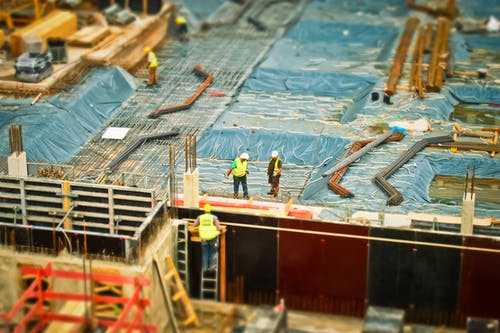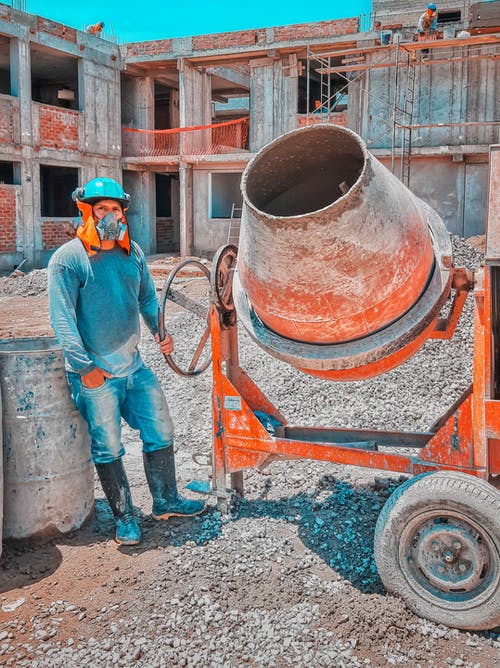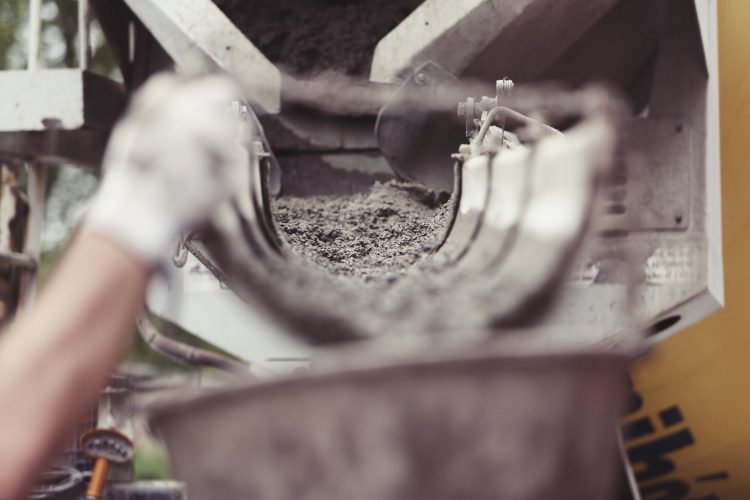We all learn things as we go. Thanks to the technology in the present that is so easy to access, learning hasn’t been easier. Thus, concreting on your is never a bad choice as long as you know what to do. But that’s what’s most important than knowing what to do is knowing what not to do; because avoiding these rookie mistakes would help you find the right path easily.
Improper compaction of the subfloor
The subfloor can be identified as the type of floor on top of which the concreting takes place. Because of this, that layer of soil is made sure to be compacted ideally. Without the desired compaction level, the structure above could be severely weak.
Mixing the mixture manually
The mixture that is used to do concreting is consists of cement, aggregates, sand, water, but in the right proportions. What’s the specialty of this proportionality? Proportionality is what decided the characteristic strength of the mix. On the flip side, if all the four elements were not ideally ‘touching’ each other, the strength issue would always be there. This is why most of them prefer using concrete mixes.

Since the mixes have all these core elements mixed not just in the right proportions but also in the perfect way, the strength is not going to be an issue. On top of that, even if you could make the mix manually, a considerable time of extra money and effort would have been consumed for that. Why should you do it the hard way when there are solutions that are presented right in front of you? All you need to do is know how to make a selection. But most of those problems will be resolved if you’re going with a renowned brand.
Insufficient compaction during the settling
You shouldn’t expect the mixture to settle on its own; rather, you should use a metallic rod and gently poke as the mixture is settling within the formwork. In doing so, it would be evident that several air bubbles are coming outside the mixture ensuring there are no air pockets when the mixture settles which can directly affect the strength if that happens.

Not adhering to a pouring plan
If you didn’t know it beforehand, all the high scale concreting jobs in the construction industry take place according to pouring plans. The purpose is to ensure that each layer of the mix intermixes with each other as the pouring takes place. This sort of pouring plan can be adhered to your domestic concreting purposes to increase the overall durability and strength. To do that, make sure that you know the volume required beforehand, and how exactly you would fill the space, and from which exact locations you would do that. These sorts of pouring plans are definitely going to keep your concreting jobs neat and of the highest quality.
In conclusion
Concreting isn’t supposed to be difficult or complicated. Ensuring to avoid these mistakes would surely help you to do a better concreting; being careful enough is all you need to do.





